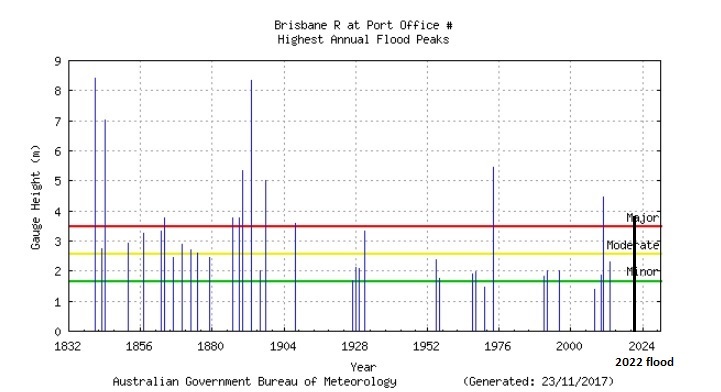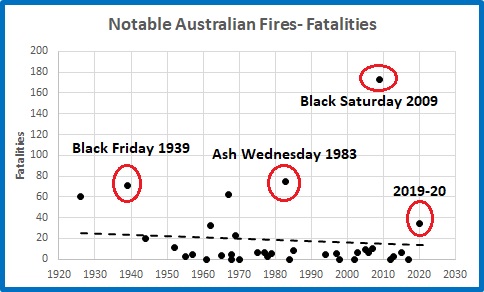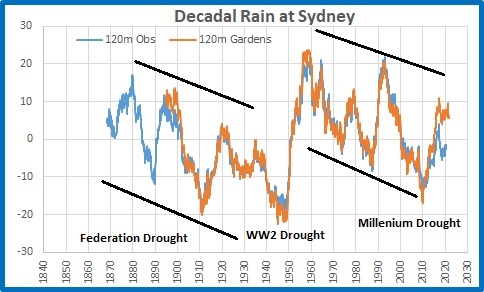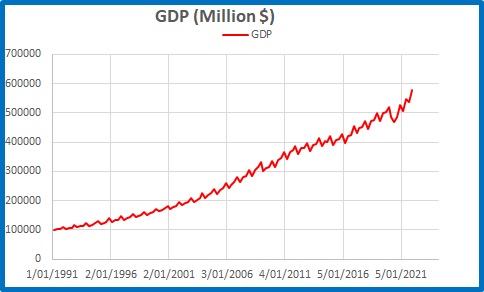Pictured: Hundai Ioniq
So, you’re thinking about whether to get an electric car. You’re worried about the cost of fuel, and you know you should be concerned for the environment. Will it be practical for you?
Are you single, or have a partner but no kids, and live and work in the south-east of Queensland, or one of the other metropolitan areas of Australia? If so, then you may take advantage of state subsidies and choose from a range of smaller EVs that may suit.
You have no doubt heard about the latest Queensland subsidy scheme:
“Queensland offers $3,000 subsidy to EVs priced under $58,000, excludes Tesla”
Unfortunately this policy is pure political window dressing, and is deliberately aimed at metropolitan voters (not necessarily drivers), as the only cars that can theoretically be of practical use outside Brisbane are outside the scheme. Unlike other states, Tesla, the car best suited to roads outside the suburbs, is specifically excluded.
“The Queensland government said that cars that will qualify for the rebate include the Nissan Leaf, the MG ZS EV, the Hyundai Ioniq, the Hyundai Kona, the new Atto 3 model being released by BYD, and the Renault Kangoo.”
Never mind, I’ll attempt to list the pros and cons of a range of vehicles, including Tesla.
| Car | Base price | Claimed Range |
| Hyundai Ioniq | $49,970 | 311km |
| Hyundai Kona | $54,500 | 305km |
| Nissan Leaf | $49,990 | 270km |
| MG ZS EV | $40,990 | 263km |
| Renault Kangoo | $50,290 | ? |
| Atto 3 | N/A | N/A |
| Not subsidized in Qld | ||
| Tesla Model 3 | $59,900 | 491km |
| Tesla Model S | $162,559 | 652km |
| Kia EV6 | $62,990 | 484km |
Remember that these prices do not include on-road costs. However, with the subsidy taking $3,000 off the base price of the smaller ones, they are within reach of many people.
If you are serious, you should check reviews at reputable sites such as carsguide. Here most are described as, for example, “easy-going, comfortable, and has plenty of range to work with for city drivers, so charging doesn’t become much of an inconvenience…” (the Nissan Leaf). They are nice small cars, ideal for the city. Except the Kangoo. It’s a van.
If you sometimes escape the city, for example to the Sunny Coast, beware. The range shown above may not be achieved in practice. You will need to plan your trip very carefully including possible recharging stops. At a 50 kW DC charger, you will need from 45 minutes to just over an hour to charge from 20% to 80% of battery capacity. Well, I suppose you could have lunch while you wait, but the Cooroy train station with its one 50 kW chargepoint might not be your desired destination. And why 20% to 80%? Apart from not wanting to be stranded with a flat battery (“range anxiety”) you should be aware that lithium ion batteries degrade if the charge is allowed to be above or below these levels too often or too long. So to protect your battery, the vehicles able to get the subsidy will have a range between charging of from 180km (the MG) to 290km (the Kona)- maximum. Keep your wits about you.
You can also recharge at home of course, where charging times can be from 6 hours for the Kona, to 25 hours for the MG, to “up to 60% overnight” for the Leaf. Oops.
If you have a family, or if you live outside the south-east corner of Queensland or other metropolitan area, or if you would like to take a road trip from time to time, none of these vehicles are for you. They are too small for a family, have limited luggage space, and limited range. No subsidy for you.
The cheapest EV option would be the Tesla Model 3, at $59,900, plus on road costs. For that you get a beautiful car that will fit a small family, with a range of 491km (or 296km if you want to protect your battery). More options will cost $84,900, for a range of 614km (or 368km if you want to protect your battery). It will take 60 minutes to charge at a fast charger, but if you charge at home the quoted figure is “10km per hour”. And at the moment in Queensland Tesla has superchargers at Brisbane, Gold Coast, Maroochydore, Toowoomba, and Gympie. One is planned for Rockhampton- but you might not get to Rockhampton from Gympie (467km). Wider travel in regional areas is out of the question unless you use much slower recharging stations.
If you have a spare $162,559 plus on road costs you could buy a Tesla Model S, with a range of from 637km to 652km which means you could get from Brisbane to Rockhampton in one go (theoretically) if you started out with 100% charge. But you should know that an EV performs worse on the highway, and the stated range is the upper limit on a full charge on average- so I would still recharge at Gympie, taking from 40 to 60 minutes.
Another option is the Kia EV6 ($62,990 to $82,990) with a range from 484km to 528km (290km to 317km if battery saving), but you will still need recharging stops of over 70 minutes. Fortunately there are charging stations at Cooroy, Gympie, Maryborough, Childers, Miriam Vale, and Rockhampton (and all the way to Cairns). If you wish to go west they are at Gatton and Toowoomba. Another 18 are planned in the inland.
Existing and planned charging stations in southern Qld
I drive a Hyundai Tucson. I can easily drive between Rockhampton and Brisbane (621km) on one tank, with 100km of range to spare. With rest stops it usually takes well under 8 hours. If we do choose to refuel on the way it takes about 15 minutes. The 2022 price is $36,500 plus on road costs. That is still $1,490 cheaper than the smallest of the subsidized vehicles (the MG- which would need three or four recharging stops, and is still $16,000 dearer than the petrol MG, even with the subsidy.) At my average economy of 7.5 litres/100km, petrol at $2.10 a litre, and including service charges it would take 4 years and 4 months for the cheaper Tesla 3 to be better value than a Tuscon- and it would need at least two recharges to go 621km .
Now, about emissions. The only benefit to the environment of an EV is less exhaust fumes in the city. Unless you are completely off grid with solar panels and batteries, no matter where or when you recharge your emissions will be no less and no more than the whole electricity grid- and if you recharge at night there is no solar. An EV is just another (expensive) electrical appliance.
Your choice (for now). But I won’t be going electric.






















